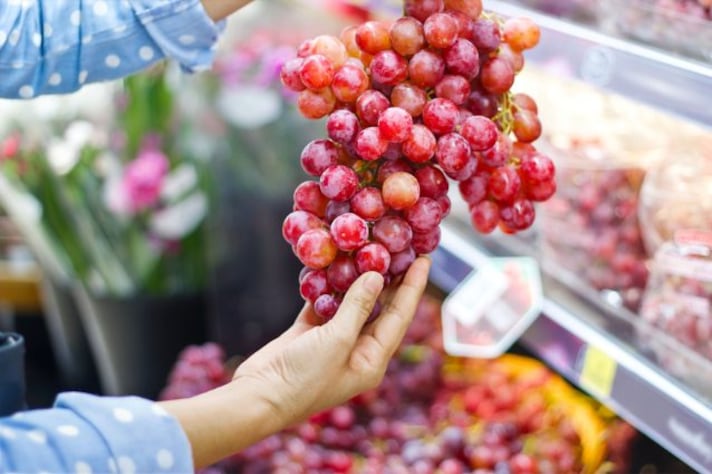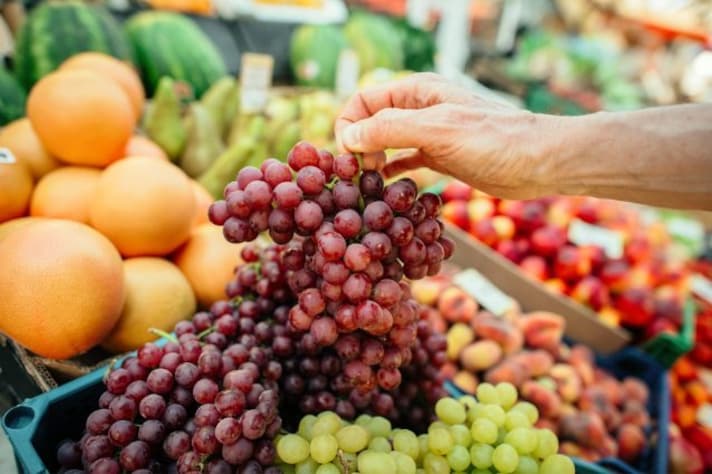
Let’s be honest: you’ve been there. Strolling down the grocery aisle, you come across a beautiful bunch of grapes, their colors rich and inviting, the little glistening pearls of fruit practically begging you to take a bite. But then, a thought strikes: Is it okay to pluck one or two off the vine and taste before committing to the whole bunch? Is it an innocent way of ensuring you're buying quality produce, or are you crossing a line? I went on a mission to uncover what grocery store employees think about this, what the unspoken rules of etiquette are, and whether or not it’s socially acceptable to sample grapes before purchasing.
Is Sampling a Necessity or a Sneaky Move?
There’s something undeniably tempting about fresh grapes. Their glossy, plump appearance is enough to make anyone’s mouth water. But let’s take a step back—do we really need to sample before buying? For some, it’s a matter of quality control. Grapes can vary in sweetness, tartness, and juiciness from bunch to bunch, so who could blame anyone for wanting to avoid a bad batch? It’s only fair that you get to taste before you commit. But then again, there’s a fine line between checking for ripeness and turning into that person who’s nibbling on all the grapes in the store like it’s a buffet.
What Grocery Store Employees Really Think
I reached out to a few grocery store employees to get the inside scoop on this practice. The consensus? They get it, but it's a gray area. Most employees acknowledge that customers are often trying to assess the fruit’s quality, especially with something like grapes, which can be hit or miss in terms of taste. Some even admit that they've caught customers sampling a grape or two—usually with no harm done.

However, many also noted that it can get tricky, especially when it leads to the "frequent flyer" who nibbles on the produce without buying. A few employees shared that they prefer customers at least appearing to purchase what they sample, even if that’s just the act of putting the uneaten grapes in a basket. After all, no one wants to be caught in a situation where they’ve tasted half the display and then walk away.
What Are the Unwritten Rules?
So, what are the ground rules for grape sampling etiquette? First, let’s establish the basics: never sample without at least trying to look like you’re about to buy. One grape? Sure. Two? Okay. But if you find yourself snacking through the entire bunch, well, that might be considered rude. Always consider how much you’ve taken. And if you don’t like the taste? It’s best to either walk away and find another bunch or, at the very least, buy something. Most importantly, don’t leave any evidence of your taste test behind. Grapes that have been bitten into or partially eaten don’t belong back in the bin, so be sure to dispose of any leftovers properly.
For those who are particularly conscientious about these things, don’t be afraid to ask a store employee if it’s okay to sample a piece of fruit. While you might not always get a definitive yes, many stores will be understanding, particularly when the practice is done in moderation.
Grocery Store Policies on Sampling Produce
When it comes to the actual rules, things vary by store. While there’s no universal law against sampling fruits in grocery stores, many chains have a policy against it due to hygiene concerns, especially during flu season or in high-traffic locations. Some stores may even have signage explicitly stating that sampling is prohibited. Still, many grocery stores are more lenient about produce tasting, especially if the customer seems reasonable and isn’t engaging in unsanctioned snacking.

However, as a rule of thumb, if you're in a smaller, locally owned grocery store, the atmosphere might be more relaxed, but it’s still best to err on the side of caution. Larger chains, especially those with more stringent food safety regulations, might be stricter, so it’s worth keeping an eye out for store-specific policies.
;Resize,width=767;)
